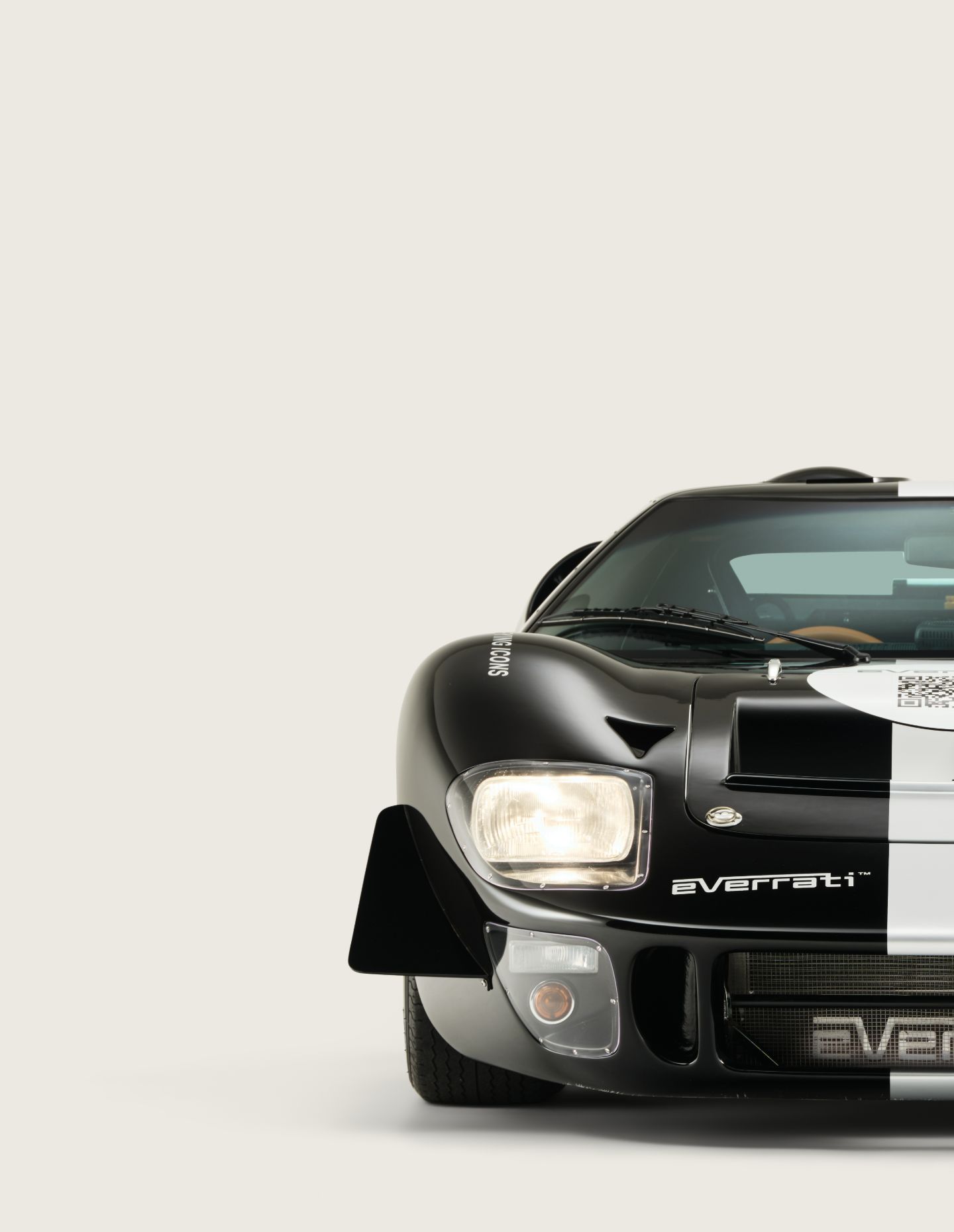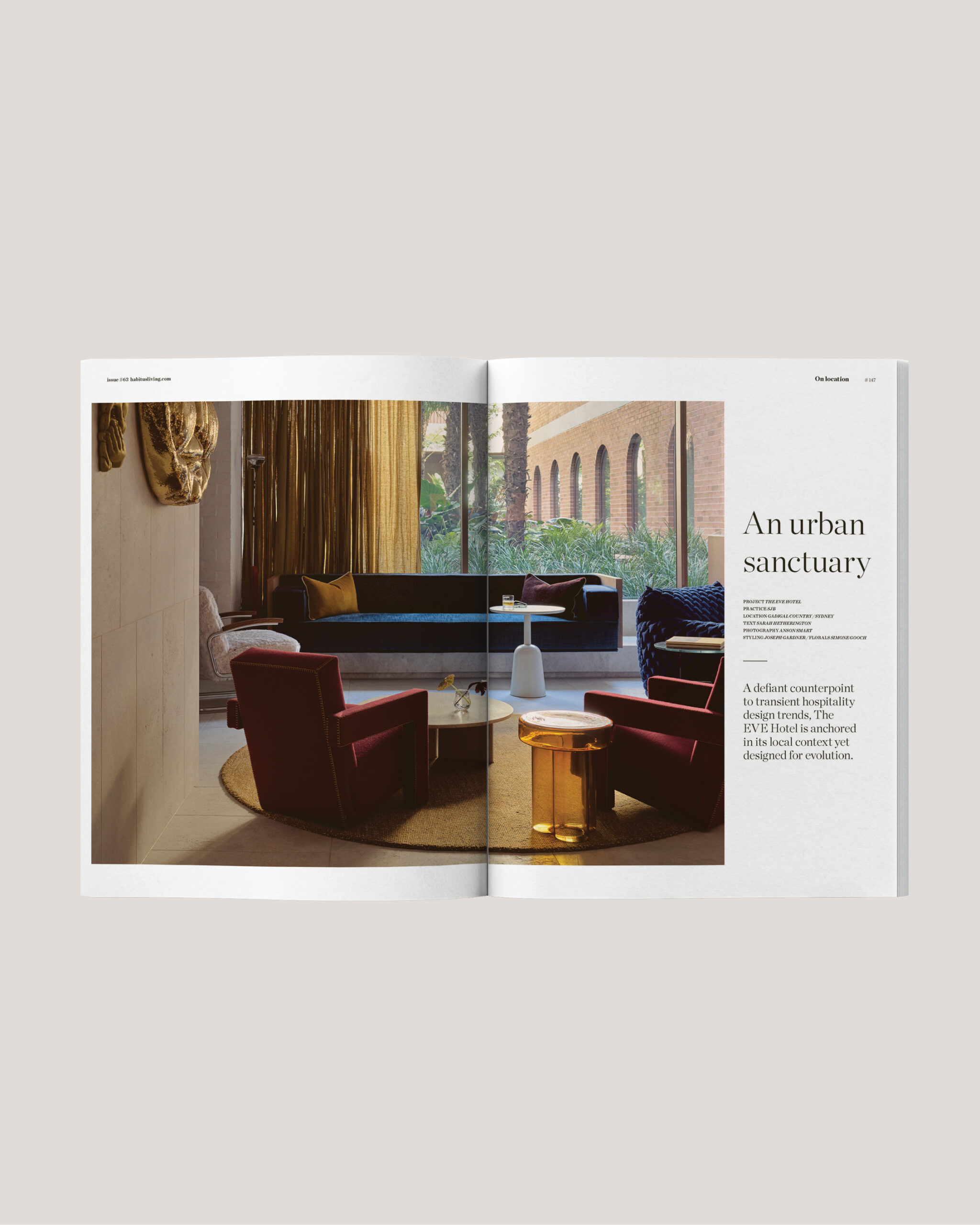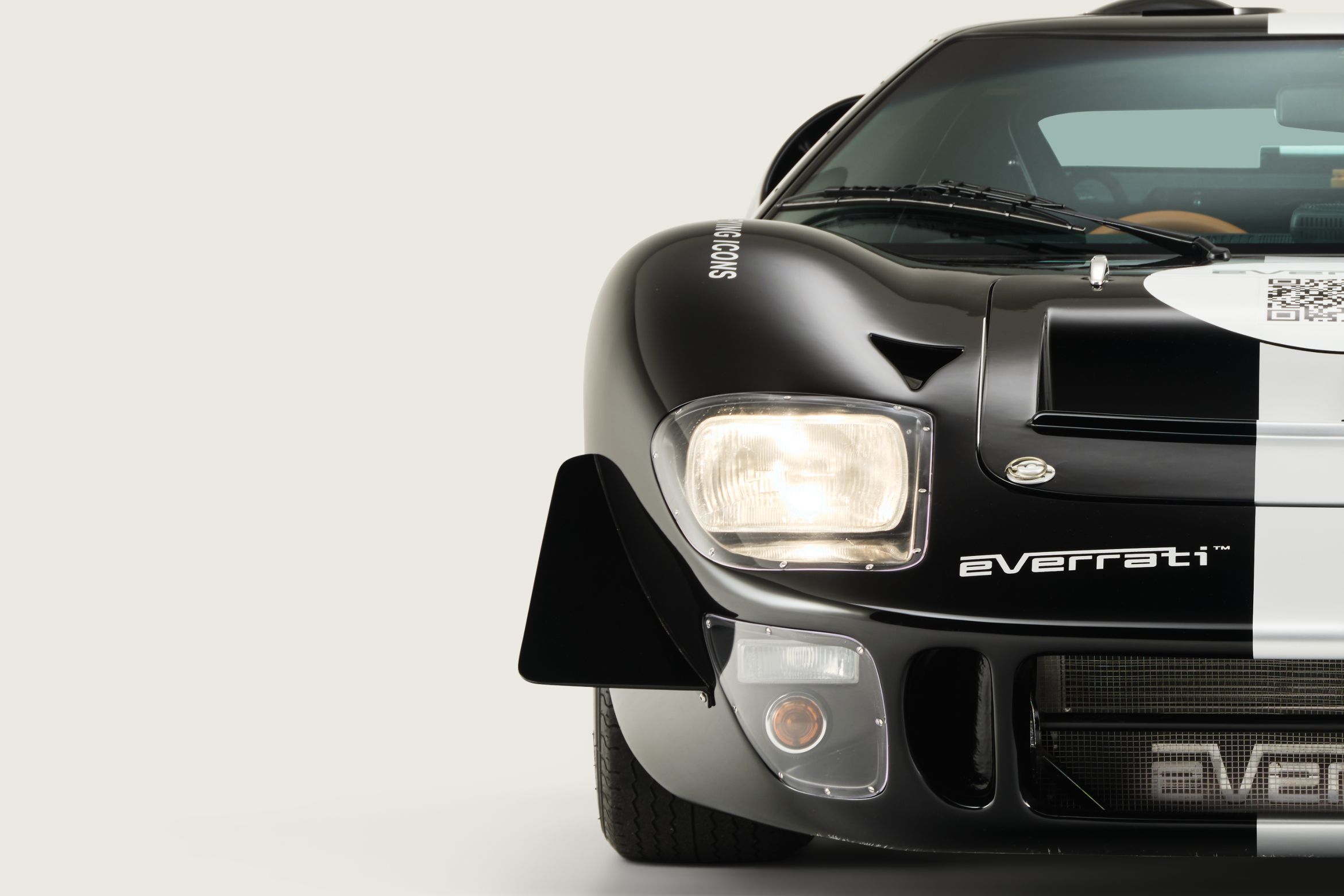What if sustainability didn’t have to look futuristic? What if innovation could wear wire wheels and British racing green? For Everrati founder, Justin Lunny, these are not hypotheticals but guiding principles. As a lifelong car enthusiast turned tech entrepreneur, Lunny found his what’s next? not in what was missing from the world, but in what risked disappearing from it altogether.
“What really moved the needle,” he says, “was watching Prince Harry and Meghan drive away in that electric Jaguar E-Type. The seed for Everrati was planted. A visual paradox: classic lines, zero emissions. That image, Lunny explains, offered something the car industry had yet to reconcile, where reverence and relevance coexist.
What began as a personal project – an attempt to electrify the vehicles of his childhood dreams without compromising their soul – has become something closer to restoration architecture. “We’re not overwriting history,” he clarifies, “we’re updating its operating system.” In a culture of speed and reinvention, choosing to purify what already exists is both an aesthetic and ethical position. We spoke to the car evangelist to find out more.

Saskia Neacsu: What was the impetus? What wasn’t out there that you felt needed to be?
Justin Lunny: Everrati began with a very personal moment of clarity. After selling my fintech company, I found myself wondering what was next – not just professionally, but in terms of a more meaningful contribution to the world around me. Around that time, three things happened. First, I could see the future of the automotive industry shifting. Tesla was gaining traction and it was clear that electrification wasn’t just a trend, it was inevitable. Second, my daughter, who was about six at the time, began having nightmares about the planet flooding and climate change. As a parent, that struck me hard and really ignited the fire in me.
What really moved the needle for me was watching the royal wedding of Prince Harry and Meghan Markle. I lived near Windsor Castle and vividly remember seeing the electric Jaguar E-Type prototype glide away from the ceremony. It was beautiful, iconic and modern. That image stuck with me. At the time, there was no one approaching classic cars with both reverence and technical sophistication. I didn’t see anyone protecting the soul of these vehicles while equipping them to thrive in a zero-emission future. That’s the gap that the team and I set out to fill with Everrati.

Was it the cars or the future that came first?
The cars came first, without question. I’ve loved everything about cars since childhood. But preserving them for the future gave me the reason to act. It’s one thing to admire a classic, it’s another to ask how it fits into the world we live in now, and indeed the world we’re evolving into in the future. Everrati is at the intersection of those two passions: a lifelong appreciation for design and engineering, alongside a growing urgency to make those passions sustainable and give these incredible vehicles the longevity they need to be enjoyed by future generations.
Why classics? What is it about those forms that still feels worth revisiting, especially when the car industry is obsessed with what’s next?
There are so many people who would love to drive a classic car, but don’t. Not because they don’t love the design or the emotion of it, but because of everything that comes with it: the oil changes, the overheating, the unreliability. There’s a certain challenge to the ownership experience that keeps these vehicles out of reach for people who otherwise deeply admire them. But through the processes we use at Everrati, we have an opportunity to preserve what’s incredible about these cars – their looks and their place in automotive history – while creating an experience that fits the modern driver.

How do you decide what stays and what shifts? In bringing a vintage body into the electric age, what’s sacred and what isn’t?
The sacred part is the character, the shape, the feel, the balance, the way it turns your head before it even moves. That has to stay. What we shift are the things that stop it from being usable in today’s world: emissions, unreliability and the parts that require a prayer just to start the engine. Every decision is intentional. Our job is to elevate these vehicles that come into our possession with purpose, not to overwrite the elements that made them iconic in the first place.
There’s an intimacy to old cars – the sound, the weight, even the struggle. What does an electric platform do to that relationship?
It changes it, certainly, but it doesn’t erase it. You’re still feeling every curve in the road, still interacting with something physical and honest. The sound might be gone, but the connection isn’t. For many people, this shift makes the relationship between owner and car less intimidating and more personal. It becomes something they can truly live with from day to day and not just look at from a distance in their garage.


Why not just build something new? Why remodel the existing rather than start fresh with an original design?
Because we firmly believe that what’s already there is worth keeping. Our job isn’t to reinvent these vehicles, it’s to give them a second life. There are plenty of companies designing from scratch and I respect that, but what we’re doing is more like restoration architecture: keeping the soul, upgrading the function and honouring the original creator’s intent to preserve the driving experience.
What makes it even more special is that we take it one step further – while staying true to the original spirit, we offer our clients the opportunity to personalise their car, whether through bespoke exterior colours, tailored interior finishes, or subtle details like embossed initials, which allows each vehicle to become a true reflection of its owner.
How do you see value? In a world of high-spec EVs and carbon metrics, what does luxury or substance mean to you?
To me, real luxury is quiet confidence. It’s something that has meaning, that’s built to last, that reflects care in every single detail, no matter how seemingly small. We’re not trying to make the fastest EV or pack in the most screens, but instead we’re focused on emotion, experience and craftsmanship for those who truly love to drive. Substance isn’t in the spec sheet, it’s in how a car makes you feel every time you open the door and sit in it. When someone ends their drive, steps out, closes the door and walks away smiling – not because the car was fast or flashy, but because it felt right – that’s the kind of value I believe in. That understated sense of connection and joy is what motivates me every single day when I swing my feet out of bed.
Next up: As the cultural footprint of F1 expands, so too does the Ferrari presence beyond the track

